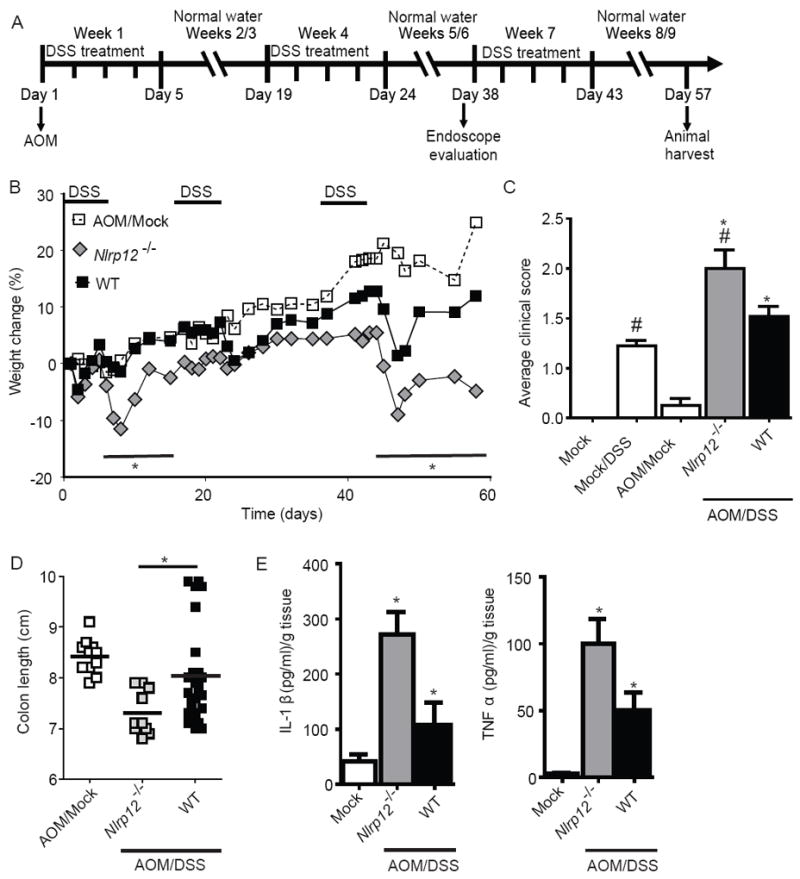Figure 4. Nlrp12-/- mice are more susceptible to inflammation driven colon tumorigenesis.

(A) Schematic of the inflammation driven colon tumorigenesis model. Wild type and Nlrp12-/- mice received a single injection of AOM immediately prior to the first DSS administration. The mice were then treated with 3 rounds of 2.5% DSS for 5 days, followed by 2 weeks of recovery. (B) Weight loss was monitored throughout the AOM/DSS model. (C) Composite clinical scores reflecting weight loss, stool consistency and the presence of blood in the stool and/or rectum. (D) Colons removed from AOM/DSS treated Nlrp12-/- mice were significantly truncated compared to similarly treated wild type mice. (A-D) WT mock, n = 4; Mock/DSS WT, n = 4; AOM/Mock WT, n = 11; AOM/DSS Nlrp12-/-, n = 10; AOM/DSS WT, n = 22. (E) Organ cultures were generated to determine the levels of IL-1β and TNFα in the colon. WT mock, n = 4; AOM/DSS Nlrp12-/-, n = 6; AOM/DSS WT, n = 13. For all experiments, data shown are representative of at least three independent experiments and depict the mean ± SEM. The symbols * and # indicate P < 0.05 between the AOM/DSS and DSS only-treated WT mice and the AOM/DSS treated Nlrp12-/- mice, respectively.
